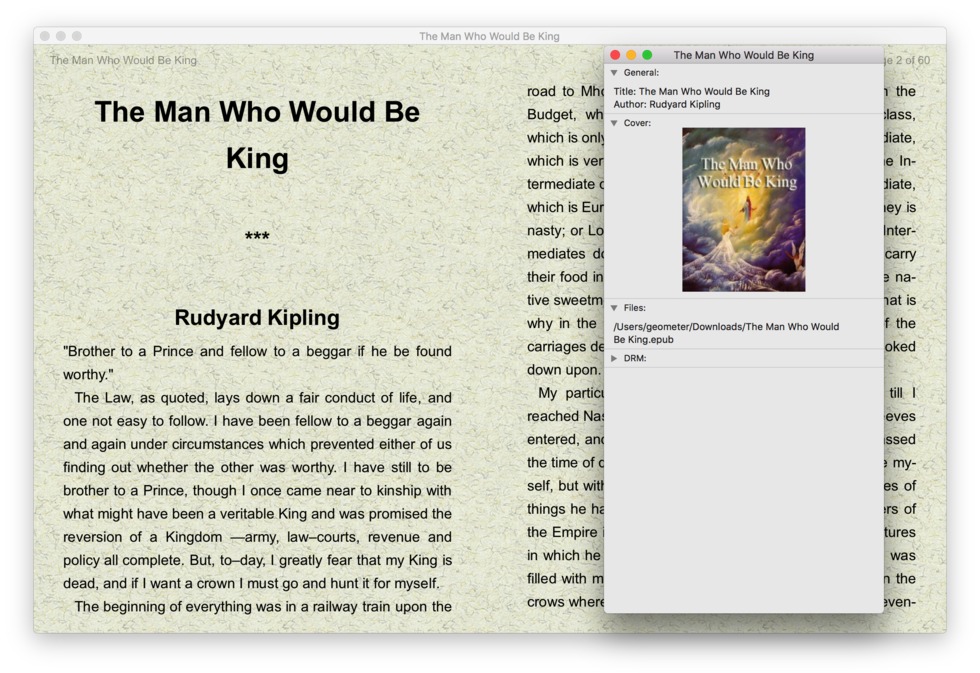
Using Adobe Reader is a pleasant experience. Most of the main editing functions are represented by little icons in the top bar and the main app features (sharing, commenting, etc) are in the side. If you’ve used other Adobe products, you’ll find this familiar and easy to get to grips with.

When you open a PDF in Adobe Reader, most of the functions you’ll need will be in the top or sidebars. There are also a number of add-on features, so you can expand the functionality of Reader without moving all the way up to Pro. The Adobe Reader interface will also offer you the ability to edit and create PDFs, but when you click on the button, you’ll be brought to the Adobe website where you can purchase Acrobat Pro, the granddaddy of PDF apps. It also offers a few additional features, like the ability to share your PDF with a variety of 3rd party apps, to hook up with storage services like Dropbox and Google Drive (making it easier to manage large numbers of PDFs), and to stamp, annotate, and comment on PDFs you’ve imported. Remember, Adobe Reader for Mac will only allow you to read, annotate, and print PDFs. Even so, its age doesn’t seem to have done it any harm, as it looks and acts like an app that’s spent much less time hanging around on people’s computers.

In fact, at 26, it’s probably older than many of you reading. Adobe’s entry-level PDF reader and viewerĪdobe Reader is a classic Adobe app that has been around for some time.


 0 kommentar(er)
0 kommentar(er)
